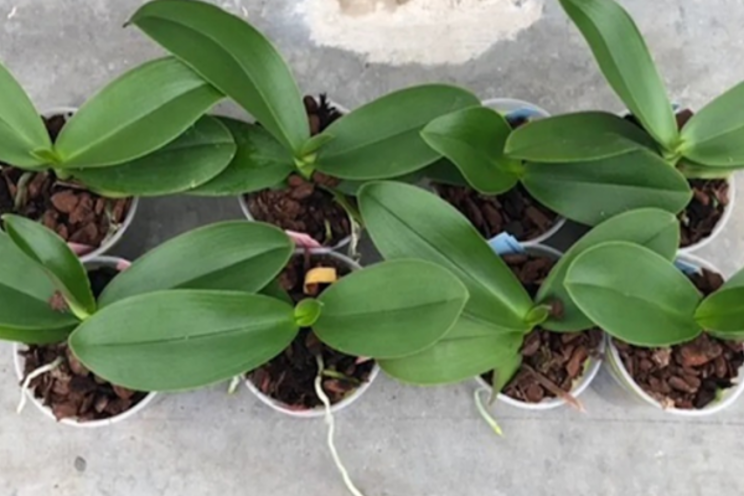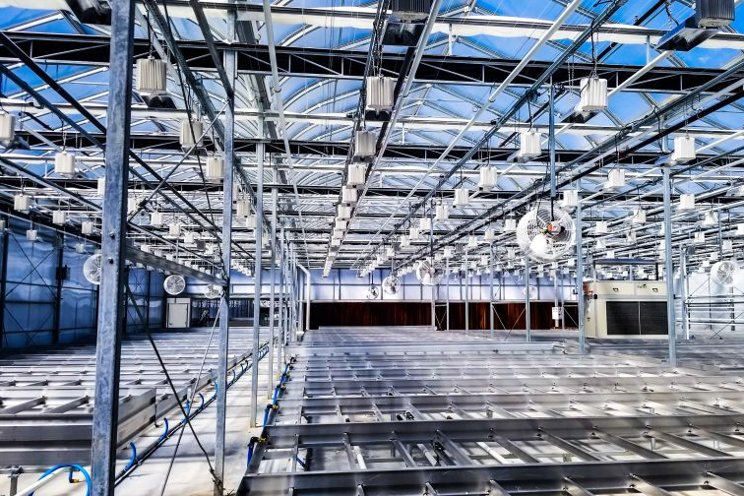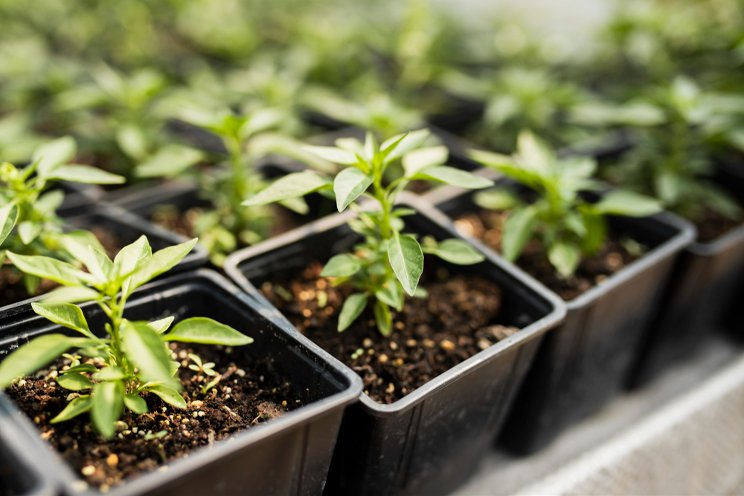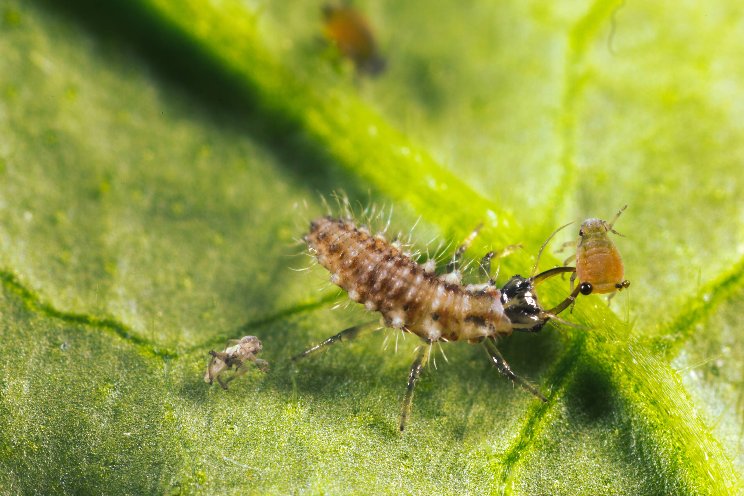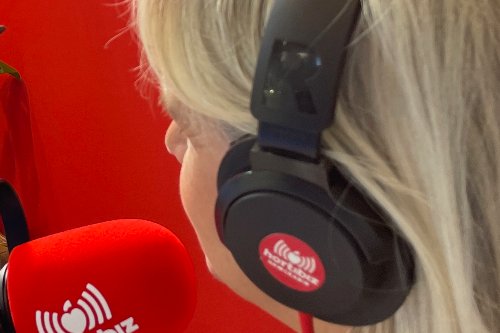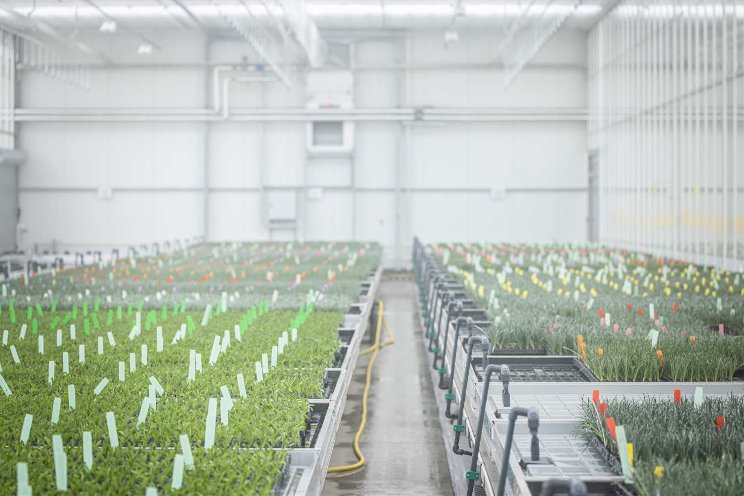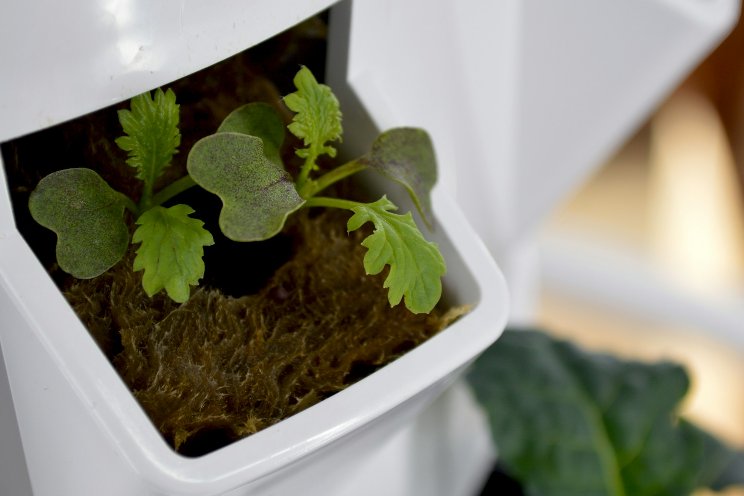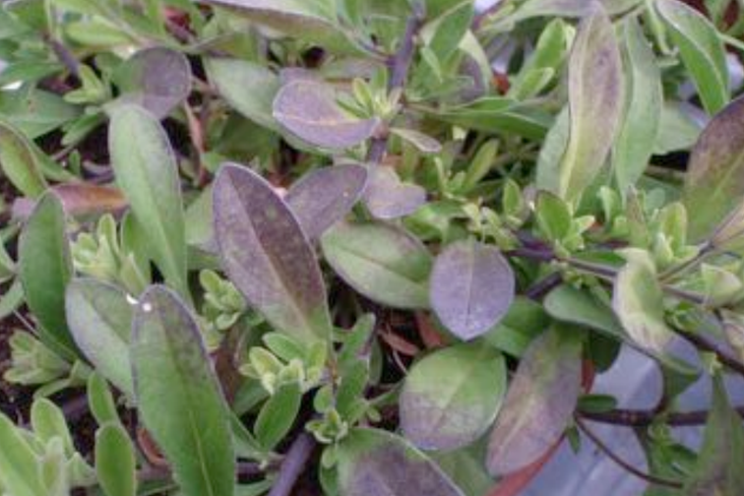Spatial distribution of pores determines where carbon is stored in the soil
Added on 22 May 2022

In the public debate on climate protection, the importance of soil is often forgotten. However, soils store considerably more carbon globally than forests or the atmosphere. The long-term storage of carbon can be quite complex. On one hand, it depends on how much atmospheric carbon enters the soil through root growth, various mixing processes (e.g. soil cultivation or the activity of earthworms), and the seepage of dissolved organic compounds.
On the other hand, it depends on whether the existing carbon in the soil can be stabilised or is decomposed by bacteria and fungi. Which process is more efficient — storage or decomposition — is determined primarily by the structure of the soil (e.g. the size of the network of pores that help transport air, water, and nutrients). "The carbon stored in plant residues and humus is not decomposed if bacteria or fungal hyphae are larger than the pores in the soil where it is stored," says Dr. Steffen Schlüter, UFZ soil physicist and lead author of the study. What's more: If the pores are permanently filled with water and thus without oxygen supply (e.g. in intact peat soils), bacteria find it more difficult to use the carbon. "One of the decisive factors for where carbon is stored in the soil is thus the spatial distribution of the pores," says Schlüter. It had previously not been possible to study the distribution pattern of the organic carbon within the millimetre and micrometre sized pores.
Phone photo created by wirestock - www.freepik.com
Source: Greenhouse Canada
More news
